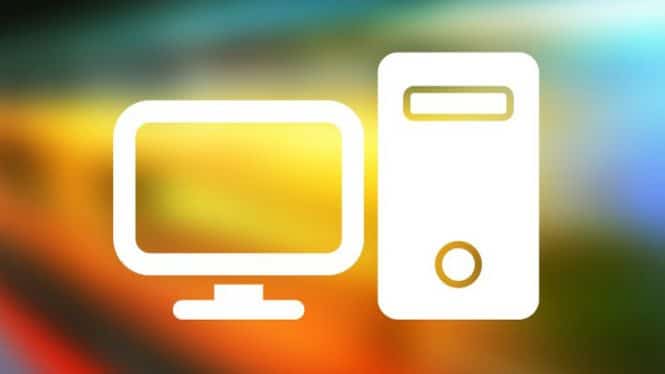When you play on a Windows PC, you may experience delays and stuttering or images that aren’t as spectacular as you’d like. Don’t buy a new computer yet. Only a video card driver update may be required. Read on to learn how to update video card drivers in Windows.
The instructions in this article have been demonstrated using Windows 10. However, they should also work with Windows 8 and Windows 7.
How to update video card drivers in Windows
For the most part, and in the more informal situations of computer use, it is never necessary to update the drivers of a video card. But if you play, do 3D graphics or use your system for high-intensity video work, it’s a good idea to keep your drivers updated.
There are many ways to do this, it can be time-consuming and confusing, but your Windows computer is smart enough to help you and find what it needs. You just have to know how to ask.
- Right-click on the Start button on your Windows 10 computer, then select Device Manager.
- Windows will display all the devices inside and connected to the computer. Search for Video Cards and select the left arrow to view all the graphic controllers on your computer
- Right-click the graphics card or display tab and select Update Driver.
- Windows will ask you if you want to find a newer driver. Select Automatically search for driver software to search for a newer driver for the card.
- If Windows finds an update, it will install it automatically
How to manually update the video card drivers in Windows
For many high-end games and video or 3D cards, you need to go directly to the graphics card manufacturer’s site to find the latest drivers for your games and intensive graphics jobs.
- Right-click on the Start button on your Windows 10 computer, then select Device Manager.
- Search for Video Cards and select the left arrow to view all the graphic controllers on your computer.
- Right-click on the graphics card or display tab, then select Properties.
- Windows will tell you the exact model of your graphics card in the popup menu that will be displayed. Note it.
- Go to the website of your video card company. The following links will take you directly to the driver download page of that company’s video card.
- On the site, locate the graphics card model and download the correct driver for the specific graphics card.
Hardware companies let you easily find what you are looking for. NVIDIA, for example, offers a drop-down menu that leads directly to the GPU model or graphics controller you have. - Right-click on the Start button and select Device Manager.
- Expand Video Cards, right-click on the video card, then select Update Driver > Search My Computer for Driver Software.
- Select Browse to locate the downloaded driver update file. Unless you have saved your new driver in a specific place, you will find it in the Downloads folder, under Users. Once located, select it, then select OK.
- Windows will start installing your new driver. Follow the instructions, then restart the computer.

